What if knowing how solar panels age could maximize your investment? Their efficiency is crucial for a solar power system’s performance and cost-effectiveness. Yet, many factors make them age, impacting their long-term value and effectiveness.
Different elements like environmental conditions, tech improvements, and how they’re set up impact their العمر الافتراضي. Knowing these things helps make wise choices. Solar modules, such as monocrystalline and polycrystalline, have various rates of turning sunlight into energy. So, getting the most out of solar panels means ongoing care and embracing new tech.
الوجبات الرئيسية
- Environmental conditions play a crucial role in how quickly solar panels degrade.
- High temperatures can reduce a panel’s efficiency by altering its semiconductor properties.
- Optimal panel orientation, especially facing south, enhances solar energy capture.
- Regular maintenance, including cleaning and monitoring, is essential to maintain panel efficiency over years.
- Technological advancements continue to improve the efficiency and lifespan of solar panels.
Introduction to Solar Panel Degradation
Solar panels slowly lose their power to create electricity from sunlight. This process is called solar panel degradation. It can greatly impact the profit from large solar energy projects. Millions could be lost in performance payments. So, it’s crucial to understand how this happens. This knowledge helps in extending the life and finances of solar systems.
Environmental factors play a big role in reducing solar panel efficiency. Studies in deserts and tropics show annual degradation rates between 1.2% and 1.8%. But, the average rate was believed to be about 0.5% per year in 2020. This means after 20 years, power output might drop by 10%. New high-efficiency panels can lose efficiency faster, up to 2% annually. This leads to a 40% decrease in power over 20 years.
Bad installation and mechanical stress can make things worse. They can cause cracks, “snail trails,” and soiling on the panels. High winds can also damage panels’ efficiency and strength. These factors all contribute to quicker degradation.
Panels come with 25-30 year warranties but usually degrade at 1% yearly. This affects how much electricity they can generate. Power drops up to 10% in the first month due to Light Induced Degradation (LID). Potential Induced Degradation (PID) can cut performance by 20% early on if ignored.
Despite these hurdles, solar energy has become more affordable. Over the last ten years, the cost of making electricity from solar has fallen by 14%. This is thanks to cheaper solar panels. Solar power is now a key player in corporate energy. There were over 142 gigawatts of corporate solar deals from 2017 to 2022. North America made half of these deals, showing a strong move towards solar.
It’s important for stakeholders to understand and fix PV system weaknesses. This includes problems with inverters, switches, and more. Finding issues early in design, installation, or after is key. This helps keep solar panels working longer.
Top-notch solar panels have a lower degradation rate, around 0.4% per year. This means a power drop of about 12-15% over 25-30 years. The initial drop due to BO-LID is 2-3%. But then, these panels degrade more slowly, between 0.3% and 0.5% a year.
Below is a table showing the impact of degradation on different types of solar panels over time:
| Type of Degradation | Initial Impact | Long-Term Impact | Median Degradation Rate |
|---|---|---|---|
| LID (Light Induced Degradation) | Up to 10% in initial month | Stabilizes with reduced rate | 0.5% per year |
| PID (Potential Induced Degradation) | Up to 20% in initial months | Significant performance loss if unaddressed | 0.67% per year |
| BO-LID stabilization | 2-3% initial reduction | Reduced to 0.3%-0.5% per year | – |
| High-efficiency PV modules | Up to 2% per year initially | 40% reduction over 20 years | 1%-2% per year |
| Premium solar panels | 0.4% per year | 12-15% over 25-30 years | 0.4% per year |
Environmental Factors Affecting Solar Panel Lifespan
The lifespan and efficiency of solar panels are deeply affected by the environment. Knowing these factors helps us make smarter choices about solar panel warranties and get the most from this technology.
Climatic and Environmental Conditions
The place where you install solar panels matters a lot for their solar panel lifespan. High temperatures can damage the solar cells inside, leading to less power. On the other hand, cooler places can make solar panels work better.
Shading from trees, buildings, or other things can also lower solar panel efficiency. Even though many solar panel makers promise warranties of 25 years or more, these environmental factors make it necessary to think carefully about warranties.
Coastal Area Conditions
Putting solar panels in coastal areas brings extra challenges because of the salty air. This saltiness speeds up rusting, especially on metal parts, and shortens the solar panel lifespan. Choosing regular maintenance and parts that resist rust can help, but it’s important to consider special warranties in such areas.
Season changes, strong winds, and full sunlight also affect how fast solar panels wear out. Normally, solar panels lose about 0.5% of their performance each year. The best panels lose less, about 0.3% each year.
| Environmental Condition | Effect on Solar Panel Lifespan | Degradation Rate |
|---|---|---|
| High Temperatures | Reduced Efficiency | Up to 0.5% per year |
| Shading from Objects | Significant Efficiency Loss | غير متاح |
| Coastal Conditions | Accelerated Corrosion | Average 0.5% per year |
| Cool Climates | Enhanced Efficiency | Lower Degradation |
Temperature Impacts on Solar Panels
Temperature greatly influences how well solar panels perform. It even affects their lifespan. Knowing this can guide the optimal setup of solar systems. This helps cut down on losses and prolongs their life.
Temperature Coefficient
The temperature coefficient is vital for understanding these impacts. Generally, solar panels work less efficiently as it gets hotter. For every degree Celsius over 25°C, their efficiency drops by 0.3% to 0.5%. So, if the temperature rises by 1°C above 25°C, a panel with a -0.3%/°C rating loses 0.3% efficiency.
- Efficiency of consumer solar panels varies between 15% and 23%.
- EcoFlow solar panels are among the best, with a 23% efficiency rate.
- Polycrystalline panels are on the lower end, with about 15% efficiency.
Under lab conditions, solar panels have reached over 40% efficiency. But real-world...
You have read 31% of the article. The rest is for our community. Already a member? تسجيل الدخول
(and also to protect our original content from scraping bots)
مجتمع الابتكار العالمي
تسجيل الدخول أو التسجيل (100% مجاناً)
اطلع على بقية هذه المقالة وجميع المحتويات والأدوات الخاصة بالأعضاء فقط.
فقط المهندسون والمصنعون والمصممون والمسوقون الحقيقيون المحترفون.
لا روبوت، ولا كاره، ولا مرسل رسائل غير مرغوب فيها.
الأسئلة الشائعة
What are the main factors influencing solar panel ageing?
The longevity and efficiency of solar panels are influenced by several factors. These include climate, installation quality, and how well they’re maintained. Technological progress also plays a role.
How does solar panel degradation affect performance?
Over time, solar panels slowly lose their ability to convert sunlight into electricity. Environmental impacts, wear of materials, and efficiency decreases are major reasons for this.
What environmental factors affect the lifespan of solar panels?
Location, temperature fluctuations, and proximity to the sea matter. For instance, high temperatures can weaken solar panels. Salty air near the ocean can also cause damage.
How does temperature affect solar panel efficiency?
Solar panels become less efficient as they get hotter. This is because of a principle called the temperature coefficient. In warm places, this reduction in efficiency is more noticeable.
What is the optimal orientation for solar panels?
Solar panels work best when facing south. This position gets the most sunlight over the year. It is vital for good performance.
How does the tilt angle of solar panels impact their performance?
The angle of your solar panels should match your location’s latitude. This maximizes sunlight catch. Adjusting the tilt correctly boosts energy production.
What is the difference between monocrystalline and polycrystalline solar cells?
Monocrystalline cells are more efficient and last longer. This is because they’re made of purer silicon. Polycrystalline cells are cheaper but not as good performance-wise.
What advanced technologies improve solar panel efficiency?
New tech like anti-reflective coatings and MPPT increase how much energy panels convert. They do this by capturing more light and reducing loss.
How do voltage and current imbalances affect solar panels?
Imbalances in voltage and current can damage solar cells. Using quality components and correct wiring helps prevent this. It keeps panels working better for longer.
What are the effects of partial shading on solar panels?
Shade on even one panel can lower the power of the whole group. So, a little bit of shade has a big effect.
How important is debris management for solar panel maintenance?
Keeping panels clean from dirt and debris is vital. Clean panels convert sunlight to electricity more effectively. It stops loss of efficiency.
Why is routine cleaning necessary for solar panels?
Cleaning panels regularly lets them absorb sunlight without blockage. This keeps their efficiency high. It also makes them last longer.
How do advanced monitoring systems benefit solar panel maintenance?
Monitoring systems track how well panels are doing in real-time. They help spot problems early. This means repairs can be made fast, extending panel life.
What are the primary benefits of understanding solar panel ageing factors?
Knowing what shortens a panel’s life can help keep it running well. This ensures a good return on investment. It also supports clean energy.
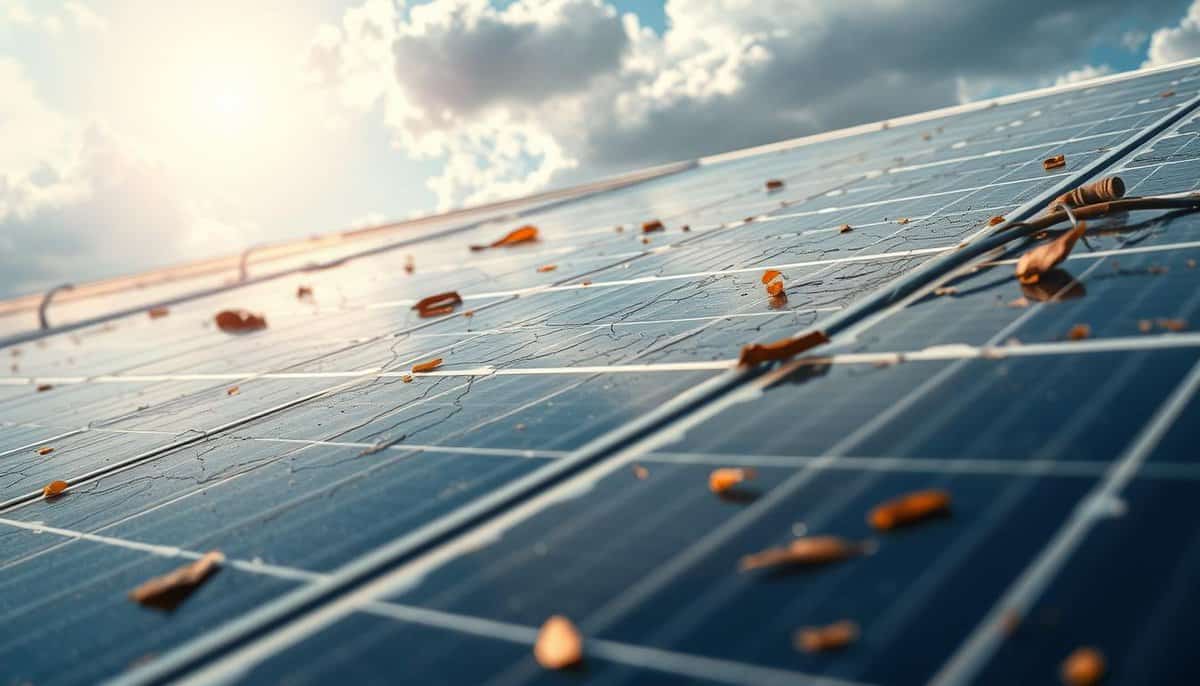






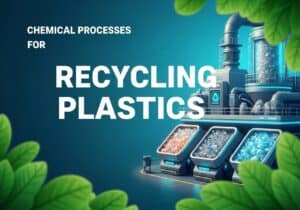
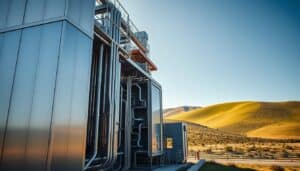
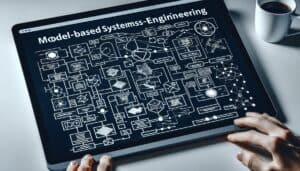
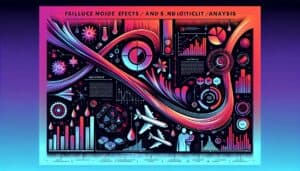
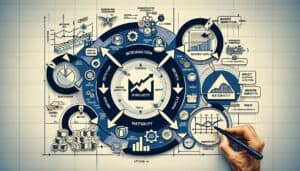
Great article! I would add that while regular cleaning and maintenance are crucial for optimal solar panel performance, choosing the right location and angle during installation can significantly reduce maintenance needs and improve efficiency.
please emphasis on the role of emerging technologies, such as bifacial panels and perovskite solar cells, which are showing promise in reducing degradation rates
what about anti-corrosive coatings ?
Interesting read, but isnt the impact of dust and pollution on solar panel efficiency a key degradation factor too?
منشورات ذات صلة
أفضل 20 حيلة للبحث المجاني عن براءات الاختراع + مكافأة
أفضل موجهات الذكاء الاصطناعي للهندسة الكهربائية
دليل أفضل موجهات الذكاء الاصطناعي للعلوم والهندسة
أفضل موجهات الذكاء الاصطناعي للهندسة الميكانيكية
"تأثير دانتزيغ" للابتكار
منهجية SCAMPI لتقييم CMMI بالتفصيل